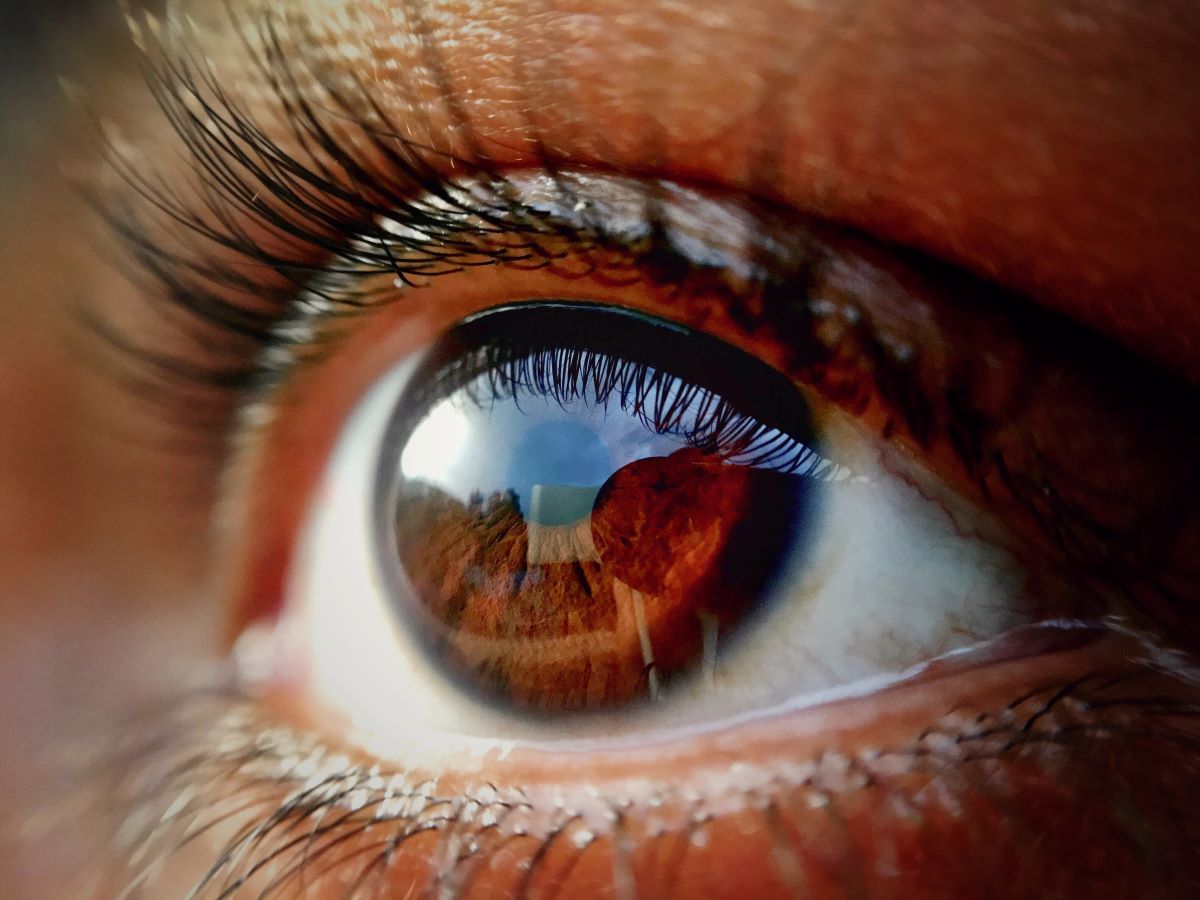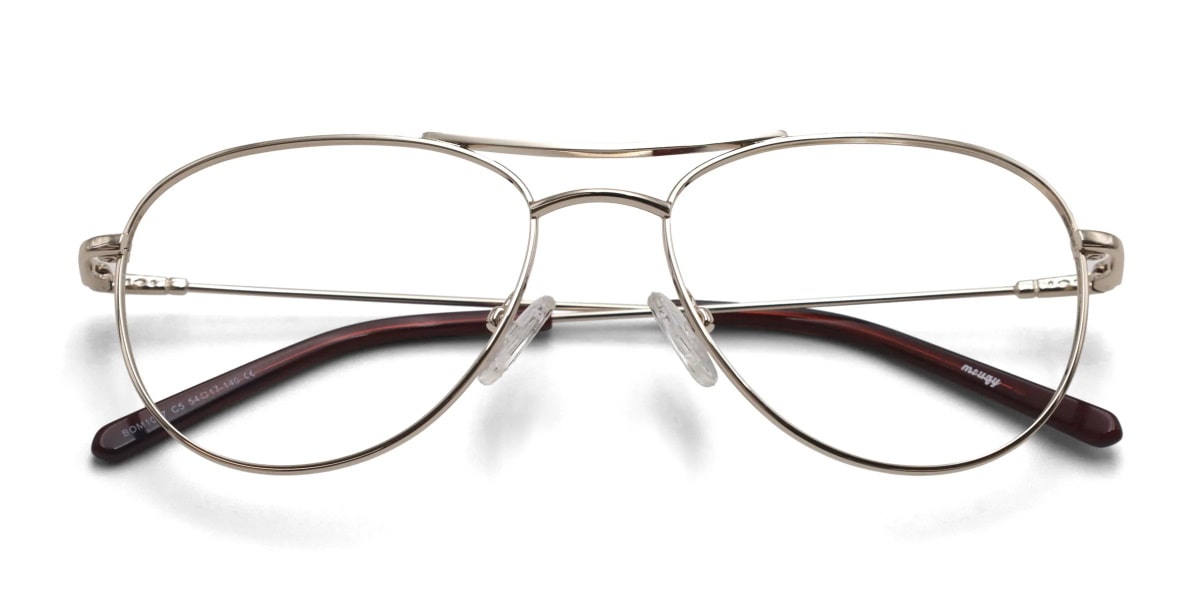Can You Be a Pilot if You Wear Glasses?
A lot of people dream about becoming pilots from childhood. However, not many fully understand the conditions and prerequisites to be one. One of the aspects of being a pilot that people often wonder about is the vision criteria.
In other words, do you really need perfect vision to become a pilot? We’re here to let you know everything you need to know.
So – can you be a pilot if you wear glasses?
In short — yes, you don’t need to have naturally perfect vision to be a pilot!
According to the US Federal Aviation Administration (FAA), pilots should have a distant vision of 20/20 or better, either naturally or after applying corrective contact lenses or glasses. As for near vision, the FAA requires pilots to have 20/40 vision in each eye when looking at something 16 inches away. For pilots over the age of 50, the requirement increases to 32 inches away.
Experts have determined that this standard represents ‘good’ vision.
However, different agencies may have their own minimum natural eyesight requirements. For instance, the U.S. Air Force requires you to have a near vision of 20/30 and distant vision of 20/70 naturally. You must also be able to correct them to 20/20.
We’re happy to let you know that if you meet the criteria above, you’re already one step closer to realizing your aviation dreams!
Can a pilot wear contact lenses?
If you don’t like the feeling of wearing glasses, you’ll be happy to know that you can also be a pilot with contact lenses!
As is the case with those who wear glasses, the FAA states that pilots and controllers who wear contact lenses must meet all of the aforementioned visual standards. As long as they have a pair of reading glasses on hand to see closer objects, then it’s perfectly fine to wear them.
However, pilots are also required to have a pair of reading glasses on hand for near vision and to have a backup pair of prescription glasses. This is because wearing contact lenses for long periods of time during flight duty may cause eyestrain. The FAA also requires you to pass the necessary eyesight test with glasses before you can move on with contact lenses.
Why is 20/20 vision important to be a pilot?
There are several reasons why pilots are required to have 20/20 vision. The first and most obvious one is to minimize the risk of accidents during routine flying operations like takeoffs and landings.
Additionally, pilots rely heavily on navigation tools like charts and maps, which also require 20/20 vision to see clearly.
Vision requirements for military pilots
The vision requirements for military pilots are different and a bit more complex compared to other pilots.
As mentioned, the U.S. Air Force allows pilots to wear glasses but requires them to have 20/30 near vision without correction. Meanwhile, the maximum distant vision requirement is 20/70.
Additionally, a limit has also been set for prescriptions. The highest and lowest allowed refractive errors, respectively, are +8.00 and -8.00 diopters. Diopters are the optical power of a lens and refer to how much magnification you need.
Both military and commercial pilots should also have normal color vision.
Is good depth perception important to be a pilot?
Depth perception refers to your eyes’ capacity to determine how far apart objects are from one another.
Your brain can combine the two images received by your eyes into a single 3D image, even though your eyes see the same object in slightly different ways and from slightly different angles. This is also known as stereopsis, which plays a big role in good depth perception.
Like good visual acuity, having excellent depth perception reduces the likelihood of accidents in the air. For instance, not being able to judge how far a structure is from the plane can have devastating consequences.
Can I be a pilot if I have astigmatism?
Astigmatism may prevent someone from being a pilot, depending on how severe their condition is.
It’s a common eye problem where the lens or cornea of the eye is shaped differently, resulting in blurry and distorted vision. People with astigmatism can also get eyestrain and headaches when looking at screens for long periods of time. Glasses are usually the go-to solution for people with mild astigmatism. For pilots, this is also the most affordable choice.
During pilot training, candidates will have their eyes examined to determine whether or not they need corrective eyewear.
As long as they meet the appearance requirements, they can wear their regular civilian glasses once they have completed training.
Additionally, those with severe astigmatism can also choose to go for surgery such as LASIK. However, this can still prevent some people from becoming pilots due to potential postoperative complications and side effects such as dry eyes, glare, double vision, etc.
Channel aviation chic without a pilot’s license
Who says you have to be a pilot to look like one? Through the years, pilots have become as known for their unique utilitarian style as they are for their keen navigation and flying skills.
A crucial component of aviation chic is the sunglasses, or more specifically, aviators. When General Douglas MacArthur touched down on a beach in the Philippines during World War II, newspaper photographers took several pictures of him wearing them. This became an iconic representation of World War II and in 1987, Bausch & Lomb created a collection of sunglasses in his honor.
Since then, aviators have gone on to become a classic shape of glasses. They come in a variety of materials, tints, and frame colors. Here are some of our top picks:
To try these styles for yourself, you can browse Mouqy’s wide selection of aviator glasses.
You can certainly be a pilot if you wear glasses
In summary, you can still let your dreams of becoming a pilot soar even if you’re not blessed with 20/20 vision, thanks to corrective measures like glasses and contact lenses.
Even if you don’t become a pilot, there are still many ways to be a part of the aviation industry. It’s a diverse sector that requires many roles, including airport manager, traffic controller, and aeronautical engineer.

Written by:
Shu Kie




































